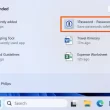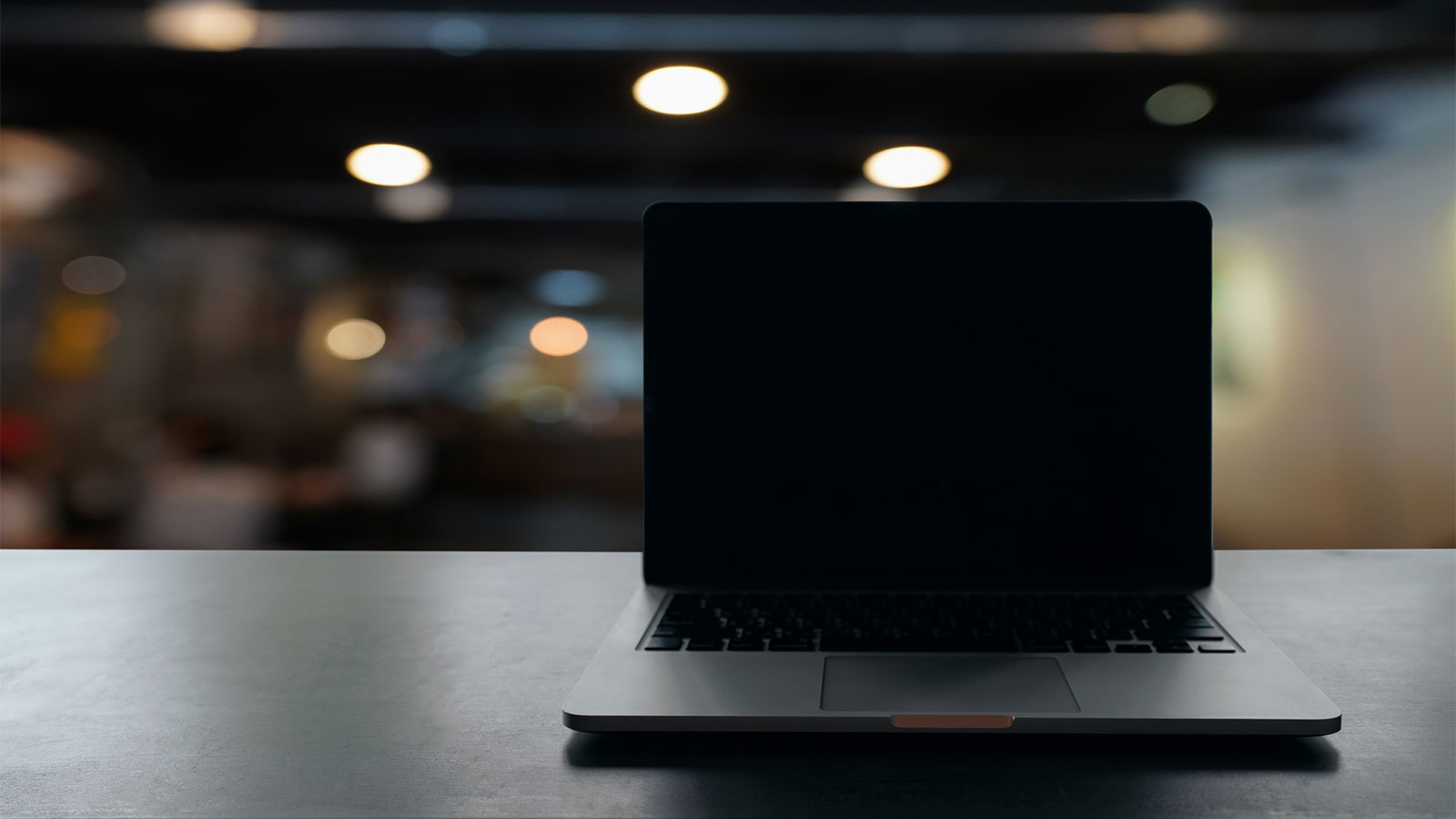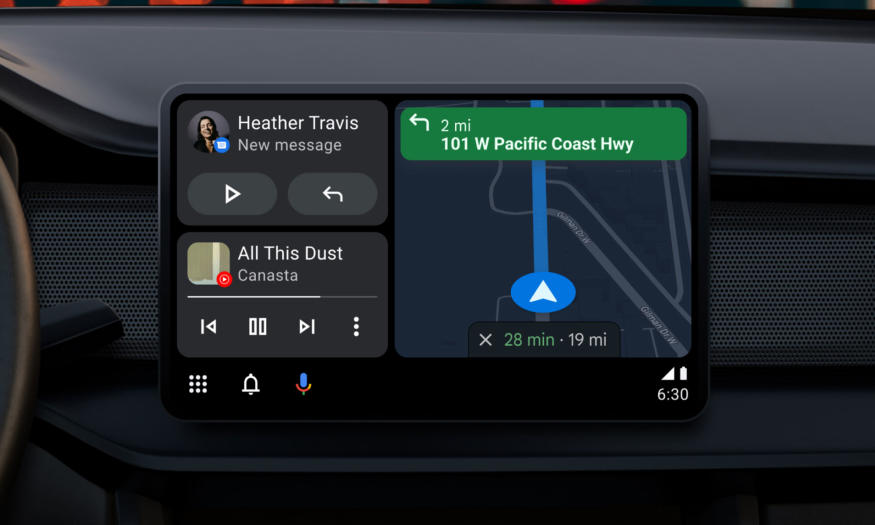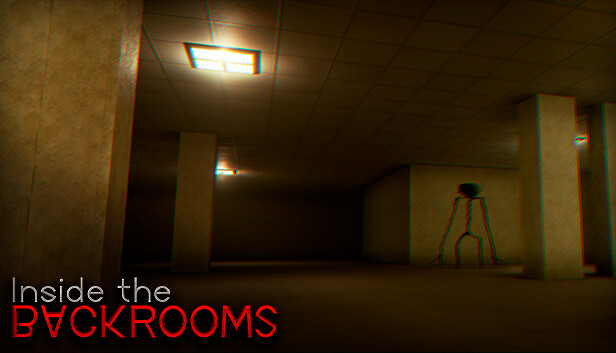If you’re a Windows 10 user, you may have encountered the frustrating issue of your computer turning on but the screen remaining black. This problem can be caused by a variety of factors, including loose cables, faulty hardware, or outdated drivers. However, there’s no need to panic. In this comprehensive guide, we will walk you through the most common causes of black screen issues and provide you with step-by-step troubleshooting solutions to fix them. So, let’s dive in and get your computer back up and running!
Causes of Black Screen Issues on Windows 10
Before we dive into the solutions, let’s first understand the three most common causes of black screen problems on Windows 10:
- Loose Cables and Connections: Over time, the connections between your computer’s hardware components can become loose, resulting in a black screen.
- Faulty Hardware: Damaged graphics cards, motherboards, or monitors can also cause a black screen. It’s important to identify and replace any faulty hardware components to resolve the issue.
- Outdated or Corrupted Drivers: Updated drivers are essential for your hardware to function properly. Outdated or corrupted drivers can result in a black screen. Regularly updating your device drivers is crucial to avoid this problem.
Now that we understand the causes, let’s explore the solutions to fix black screen issues on Windows 10.
Solution 1: Check Cables and Connections
When facing a black screen, it’s essential to check the cables and connections between your computer and the display. Loose or damaged cables can often be the culprit. Follow these steps to ensure a secure connection:
- Power off your computer and disconnect it from the power source.
- Inspect the power and display cables connected to your computer. Make sure they are securely plugged in and not damaged.
- Check for loose connections and reinsert any cables that may have become loose.
- Close the case, reconnect the power cable, and turn on your computer to see if the black screen issue is resolved.
Solution 2: Try a Windows Key Sequence to Wake the Screen
If your computer appears to be functioning correctly, but the screen remains black, you can try a Windows key sequence to wake it up. Follow these steps:
- Press the Windows, Control, Shift, and B keys simultaneously.
- This key sequence will restart the graphics driver and potentially resolve the black screen issue.
- Give it a few seconds to see if the screen activates. If not, proceed to the next solution.
Solution 3: Restore the System to the Last Version
If the black screen issue persists, you can try restoring your PC to a previous version when it was working fine. Here’s how:
- Start your computer and repeatedly press the F11 key until you see the “Choose an option” screen.
- Select “Troubleshoot”, then “Advanced options”, and finally “System Restore”.
- Choose the most recent backup and follow the on-screen instructions to restore your system.
- After the restoration process is complete, restart your computer and check if the black screen problem has been resolved.
Solution 4: Scan the Computer for Malware or Viruses
Malware or viruses can also cause a black screen issue on Windows 10. It’s crucial to scan your computer for malware to eliminate this possibility. Follow these steps to scan your computer:
- Install a reputable antivirus software such as TotalAV, Norton, Avast, or McAfee.
- Scan your system for malware or viruses using the antivirus software.
- Follow the on-screen instructions to remove any identified threats.
- Restart your computer and check if the black screen problem has been resolved.
Solution 5: Update or Reinstall Device Drivers
Outdated or corrupted device drivers can often lead to black screen problems. Updating or reinstalling the drivers can help resolve this issue. Follow these steps:
- Press the Windows key + X and select “Device Manager”.
- Locate the driver that may be causing the problem, such as the graphics or display driver.
- Right-click the driver and choose “Update driver” or “Uninstall device”.
- If updating the driver, follow the on-screen instructions. If uninstalling, restart your computer and let Windows install the latest driver.
- After updating or reinstalling the driver, check if the black screen issue has been resolved.
Solution 6: Boot the Computer in Safe Mode
Booting your computer in safe mode can help identify and fix software conflicts or corrupted system files that may be causing the black screen problem. Follow these steps:
- Restart your computer. Press Shift and click on “Power”, then select “Restart” from the sign-in screen.
- Go to “Troubleshoot”, “Advanced Options”, “Startup Settings”, and then click “Restart”.
- Press F4 to choose “Enable Safe Mode” and press F5 or F6 for the corresponding options.
- Once your computer boots in safe mode, you can perform various troubleshooting steps to fix the black screen problem, such as reinstalling drivers or removing recently installed software.
Recovering Data After Fixing Black Screen Issues
Dealing with a black screen issue can be stressful, especially if you have important data that needs to be recovered. EaseUS Data Recovery Wizard is a reliable tool that can help you recover data from hard disks, USB drives, and memory cards. Here’s how to use it:
- Create a bootable disk using EaseUS Data Recovery Wizard.
- Boot your computer from the bootable USB and select the drive you want to scan for lost files.
- Preview and recover the files you need to a safe location.
Preventative Measures
To avoid black screen issues in the future, it’s important to take preventative measures:
- Maintain hardware: Keep your hardware in excellent shape by regularly cleaning and ensuring all components are securely connected.
- Update drivers: Regularly update your device drivers to ensure compatibility and optimal performance.
- Scan for malware: Use reputable antivirus software to scan your computer regularly for malware or viruses.
- Backup data: Regularly backup your important data to an external storage device or cloud storage.
By following these preventative measures, you can minimize the risk of encountering black screen issues on your Windows 10 computer.
Conclusion
Facing a black screen issue on your Windows 10 computer can be frustrating, but with the right troubleshooting steps, you can resolve the problem. Whether it’s checking cables and connections, updating drivers, or scanning for malware, the solutions outlined in this guide will help you get your computer back up and running smoothly. Remember to take preventative measures to minimize the chances of encountering black screen issues in the future. If you ever find yourself in a situation where you need to recover data, EaseUS Data Recovery Wizard is a reliable tool to help you retrieve your important files. With these solutions and precautions in mind, you can confidently tackle black screen issues on your Windows 10 laptop.
Remember, if you face any difficulty or need further assistance, don’t hesitate to reach out to our knowledgeable support team. We are here to help you every step of the way on your tech journey.
Experiencing difficulties with your Device, check out our “How To” page on how to resolve some of these issues.








1 comment